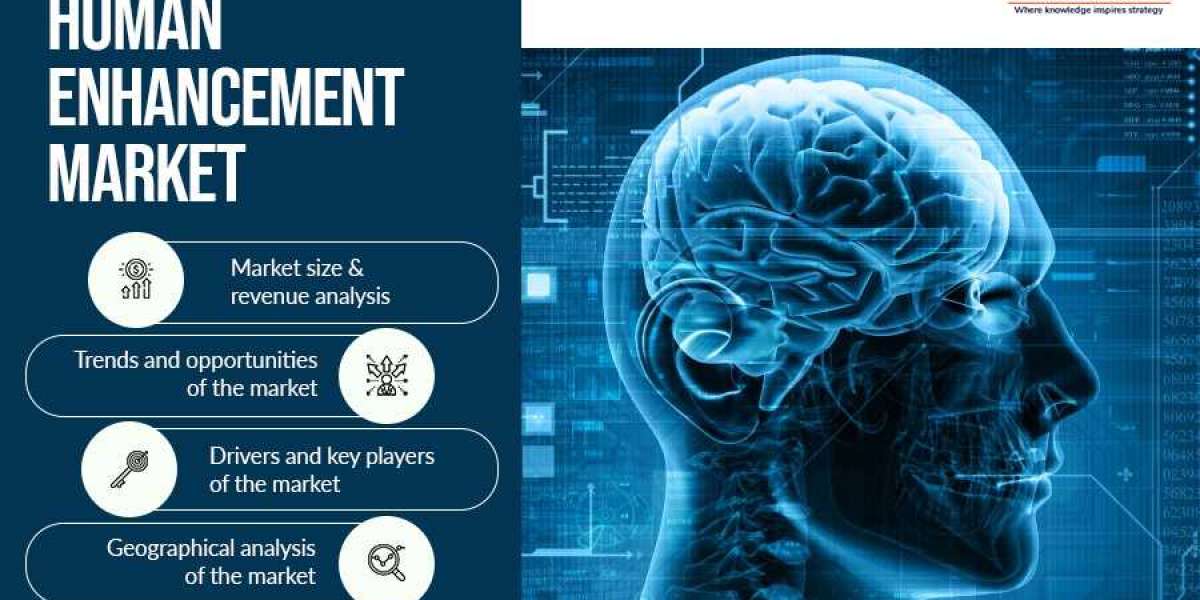From $64.8 billion in 2019, the human enhancement market revenue is predicted to surge to $271.6 billion by 2030. According to the estimates of the market research company, PS Intelligence, the market will demonstrate a CAGR of 14.7% during 2020–2030 (forecast period). The rising prevalence of neurological diseases and growing adoption of exoskeletons at rehabilitation centers are some of the major factors fueling the progress of the market across the globe.
In recent years, the use of robotic exoskeletons in gait therapy has increased considerably, where they are used for assisting physically disabled people in sitting, walking, standing, and performing several other motor functions. Basically, these systems monitor patients’ movements with the help of sensors and assist them in regaining their physical strength. For instance, University Hospitals (UH) in the U.S. heavily use exoskeletons manufactured by Ekso Bionics Holdings Inc. to help people suffering from Parkinson’s disease, multiple sclerosis, and several other brain and spine injuries.
Besides, the ballooning utilization of bionic lenses by the visually impaired and blind, owing to the ability of these devices to improve vision, is also creating lucrative growth opportunities for the players operating in the human enhancement market. Owing to the huge potential of these devices, several organizations are actively focusing on producing them. Depending on technology, the market is divided into exoskeletons, medical devices, implants, and smart devices. Out of these, the implants category held the largest share in the market in the past, on account of their extensive use for medical purposes and soaring geriatric population all over the world.
Additionally, the rising incidence of neurological illnesses and chronic diseases is also contributing toward the expansion of the category in the market. According to the World Population Ageing 2020 report published by the United Nations Department of Economic and Social Affairs (UNDESA), the population of people aged 65 years or above will rise from 727 million in 2020 to more than 1.5 billion by 2050. Active implants are usually integrated with various sensors, owing to which, they are being increasingly used by geriatric people for monitoring their health.
Across the globe, the Asia-Pacific human enhancement market is expected to be the fastest-growing in the coming years. This is attributed to the booming sales of connected wearable devices, owing to the drop in their prices and surging penetration of the internet in the region. The players operating in the industry are actively focusing on product launches in order to strengthen their position and boost their revenue. For example, Garmin Ltd. unveiled its Garmin Swim 2 GPS-based swimming smart watch in October 2019. This watch can assist swimmers in an open pool in tracking distance, stroke count, heart rate, distance per stroke, and pace.
Hence, it can be safely said that the demand for human enhancement will surge sharply in the forthcoming years, primarily because of the mushrooming population of geriatric people and rising incidence of neurological illnesses and chronic diseases across the world.





